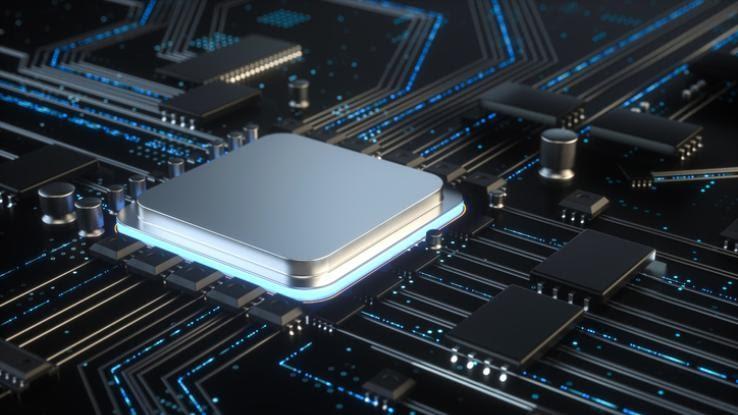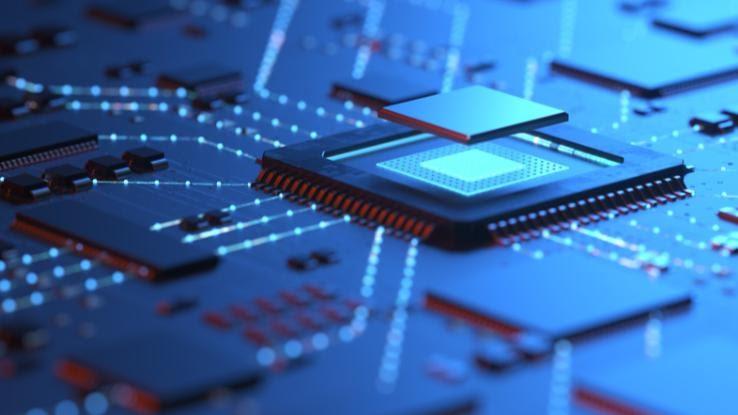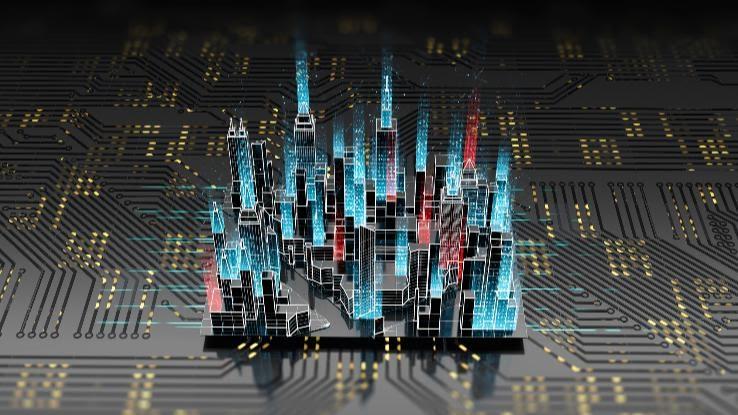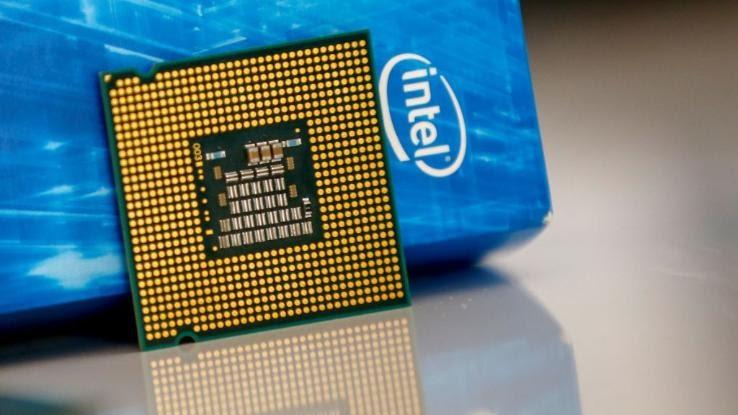Intel Pentium Cpu 2020m 2.40 Ghz

Yous've probably heard of a computer CPU, merely what exactly is it, and what does it do? CPU stands for "central processing unit," and it'due south an essential slice of hardware that enables a figurer to work.
A reckoner'southward CPU may occasionally exist referred to as the "central processor" or just a "processor," just these terms by and large all draw the same component. To learn more than near the basics of computer hardware, it'due south important to learn more than about the chief functions of a calculator CPU and explore different types of processors for various devices to run across these functions in activeness.
Why Is a CPU Important?
When it comes to a computer CPU's overall function, it can exist helpful to think of this component every bit the calculator'south "brain." The CPU controls a calculator's operations and enables it to carry out the instructions and commands that a user inputs into the computer via its peripheral devices (like its keyboard and mouse). Without its CPU, a computer would be about as useful as a car without an engine.

While a CPU or processor is a piece of hardware, it's a circuitous ane that consists of several different parts. To help make this intricate slice of circuitry a flake more manageable to understand, call up of it like a team of people who all work together inside a computer to perform different projects or operations — sort of a tiny factory carrying out multiple functions at the same time, all driven past electricity. When it'southward time for a CPU to perform, it goes to work past carrying out four essential functions.
The first affair a CPU does is fetch instructions for a given task from the program memory. Going back to the team metaphor for a moment, imagine the program memory as a big library. The commencement fellow member of the CPU squad is an expert librarian who can instantly call up — or fetch — a ready of instructions for any given task.

Once the instructions are fetched, the CPU "team" now has to brand sense of them. That's where two components called the didactics decoder and instruction ready architecture (ISA) come in. The ISA determines how the instructions should be interpreted, and the educational activity decoder translates them in a style that other members of the CPU "squad" can empathize.
Together, these functions produce what are known equally assembly instructions in binary code. These are sort of like a CPU's version — made upwards of numbers — of the type of guide you might use when you attempt to construct a piece of flat-packed article of furniture. The instructions specify what operation the computer needs to perform, and they include the data required to do it.
After all the instructions are in identify, it's time to execute the performance in either a single activeness or a sequence of steps. At this bespeak, various CPU components communicate through an electric connectedness to follow the directions and complete the control. Equally this occurs, the components make records of the project'south execution. After the operation is consummate, the CPU "management team" gives feedback, and the data is stored in the computer'south retention for quick access.
Different Types of CPUs
Intel and Avant-garde Micro Devices (AMD) are the 2 well-nigh pop CPU producers on the market place in terms of manufacturers. Intel produces desktop CPUs like Celeron, Pentium and Core, while AMD's processors include Sempron, Athlon and Phenom.

You may have also heard of the term "cores" used when referring to different processors. The number of cores is an important piece of information you'll want to consider when buying a computer. Using the previous CPU team illustration, think of cores as unlike teams inside a CPU. These teams may work together or separately, but the thought is that the more than you have, the faster and more efficiently your device volition work.
If a CPU has two cores, it's referred to as a "dual-core processor." A processor with four cores is chosen a "quad-core," i with vi a "hexa-core" and one with 8 an "octa-core." Modernistic CPUs may take anywhere from ii to over 100 cores, but most average computers have somewhere betwixt 4 and eight.
What Are the Key Differences in Desktop vs. Laptop CPUs?
Due to the different builds of desktop and laptop computers, laptops tend to run on less powerful CPUs largely because of heat tolerance. Desktops aren't designed with portability in mind, so they have a little more than room on the inside for big, built-in cooling fans. Given that these have the power to keep a CPU from overheating, the average desktop CPU may contain as many as eight cores.

The inside of a laptop, on the other manus, is more than cramped. Because a laptop needs to remain small and light enough for a user to carry around, there'south non as much room for numerous fans to keep a CPU with a large number of cores from overheating. That said, laptops that are specifically designed for gaming or programming will likely have more cores than those designed for everyday use.
Some gaming laptops at present accept as many equally 12 cores, which is pretty impressive. On the other hand, there are now desktop processors that contain every bit many as 128 cores. In general, even if a laptop's CPU has the same number of cores as a desktop'south, it's notwithstanding not going to be quite as powerful. Aside from heating issues, this is also considering a laptop is designed to run on bombardment power, whereas a desktop is usually plugged into a direct energy source. Consequently, a desktop is able to run a processor that requires a great deal more energy than a laptop.
Intel Pentium Cpu 2020m 2.40 Ghz,
Source: https://www.reference.com/world-view/main-functions-cpu-b69273fb0ea37190?utm_content=params%3Ao%3D740005%26ad%3DdirN%26qo%3DserpIndex&ueid=5bc7c867-adb0-4385-af85-cde125d42459
Posted by: turnermansispicher.blogspot.com



0 Response to "Intel Pentium Cpu 2020m 2.40 Ghz"
Post a Comment